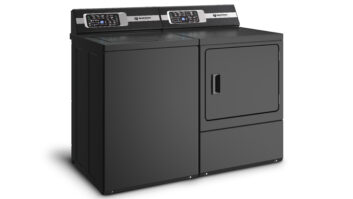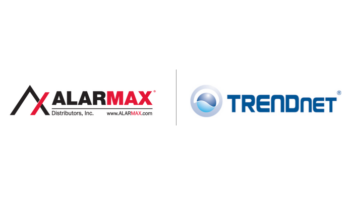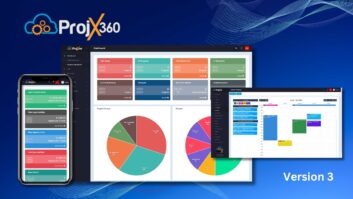Dallas — The 1394 Trade Association expects to enhance the appeal of IEEE 1394 network technology with the development of a “wireless 1394” standard and a separate 1394c standard, which lets CAT-5 cables operate simultaneously as 1394 and Ethernet networks.
The group is also developing other enhancements, including the ability to send home-wide 1394b signals over coaxial cable and CAT-6, not just CAT-5. The group is also looking into a 1394b upgrade that would extend the spec’s current 50-meter limitation over plastic optical fiber (POF), which delivers 250Mbps speeds, compared to 100Mbps over 100 meters of CAT-5 cable.
The technology’s penetration in homes will also get a boost from an FCC requirement that high-definition cable boxes be equipped with 1394 and DVI/HDMI jacks beginning July 1, 2005, said association executive director James Snider.
In cars, 1394 will make a limited debut in the 2005 model year in Japan, followed in the U.S. as soon as the 2006 model year, but more likely in the 2007 model year, Snider claimed. The 1394 car standard has been endorsed by the Intelligent Data Bus (IDB) Forum, which merged with a larger group (Automotive Multimedia Interface Collaboration, or AMI-C) that promotes both 1394 and the competing MOST standard, Snider said.
In a setback, however, availability by UStec of the first structured-wiring system incorporating short-range 1394a and long-range 1394b has been postponed until the fourth quarter because of “silicon issues,” said Snider. OnQ is also developing a 1394a/b structured-wiring system, he said.
The new 1394c standard will eventually lead to in-wall smart jacks that automatically sense whether an incoming signal is a 1394 or Ethernet signal, the association said. Initially, first-generation wall plates will feature a toggle switch to manually switch between 1394 and Ethernet transmission.
In wireless 1394 developments, the association approved a Protocol Adaptation Layer (PAL) technology that lets 1394 signals ride over a wireless IEEE 802.15.3 pipe or over a faster ultrawideband (UWB) 802.15.3a wireless pipes.
With the development, suppliers would be able to develop more cost-effective wireless-to-wired bridges, or dongles, that would connect to existing 1394a and 1394b products, the association said. Wired-to-wireless bridges could also be built directly into 1394-equipped products themselves at a lower cost, said Peter Johansson, chairman of the association’s wireless working group.
The PAL would apply key 1394 components to the two wireless specifications’ RF layer, including device discovery, connection management for streaming data, and time synchronization, among others, Johansson said. Publication of the PAL “enables immediate product development,” the association contended.
The 15.3 standard is a 2.4GHz dual-use standard positioned both as a high-speed battery-friendly Bluetooth competitor and as a more efficient, more reliable alternative to Wi-Fi for distributing standard-definition (SD) and high-definition (HD) digital video around the house.
The 802.15.3 standard features a top raw data rate of 55Mbps at 50 meters (165 feet) but offers 22Mbps speed at 100 meters (330 feet). The 1394 association described the standard’s quality of service (QoS) as “excellent.”
A 15.3a UWB standard, also seen as a dual-use PAN and LAN technology, has been deadlocked before IEEE, and Motorola and Texas Instruments are promoting competing versions of UWB. Both versions are said to meet the IEEE’s minimum requirements of delivering data at up to 110Mbps at 10 meters and 200Mbps at four meters. Scalability to a maximum 480Mbps at closer range is an option.












